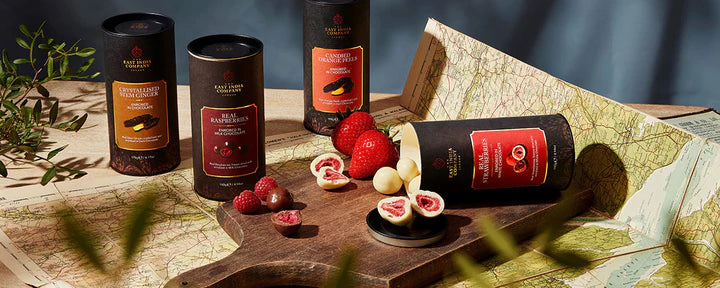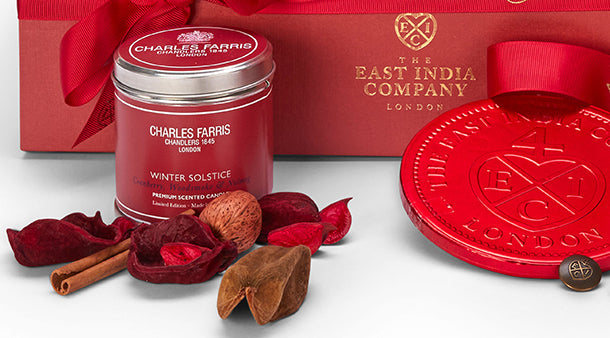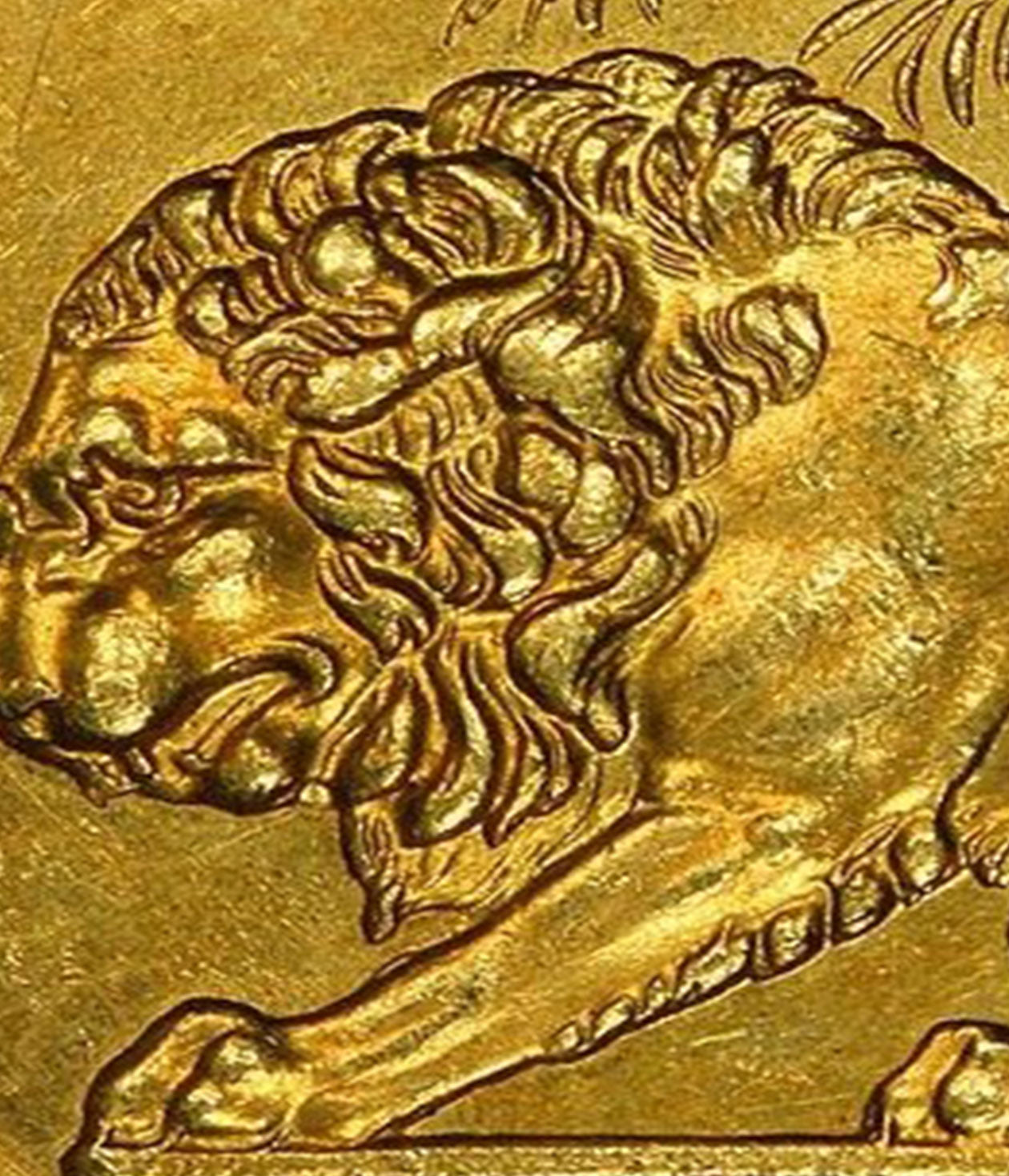When the Guinea was first minted in 1663 under King Charles II, it was a Critical Ingredient in the foundation of international trade and came quickly to represent trust, quality, and reliability. The Guinea then travelled the world on The East India Company ships.
It contained about a quarter of an ounce of gold, much of which was sourced from the West African region of Guinea, hence the name.
Originally worth £1 or 20 shillings, it fluctuated with the value of gold relative to silver, but in 1717 its value was again fixed at 21 shillings, or £1.05, until minting ceased in 1841.
But it endured - many professional fees were quoted in Guineas right up to decimalisation of British currency in 1971. The term Guinea is still used for certain transctions today. The price of livestock and racehorses at auction is still quoted in Guineas but paid in pounds, the 5p difference being regarded as the auctioneer’s commission.
Because of The Company’s dominance in India, it was uniquely allowed to mint its own currencies, rather than just rely on the Guinea. A mint was built in Bombay in 1672 and soon absorbed all other regional mints, becoming the sole issuer and controller of India’s currency until 1858, issuing the Gold Mohur, the Silver Rupiya and 'Cash'.
Today, 300 years after first minting its own currency, the modern East India Company has secured the right to mint legal tender coins for the island of St Helena, once ruled by The Company. One such coin is the 2020 Military Guinea, featuring the motifs inspired by the most beautiful of King George III’s Guineas, an original Military Guinea struck specifically for the Duke of Wellington’s army searching for Napoleon in France. Locals in the Pyrenees insisted on payment in gold for supplies and support, and the resulting struck Guinea became known as the ‘military’ Guinea.

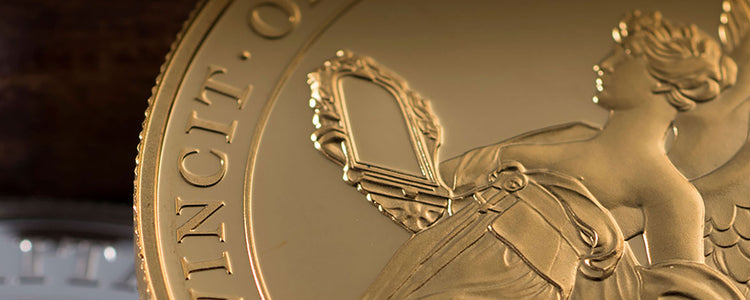
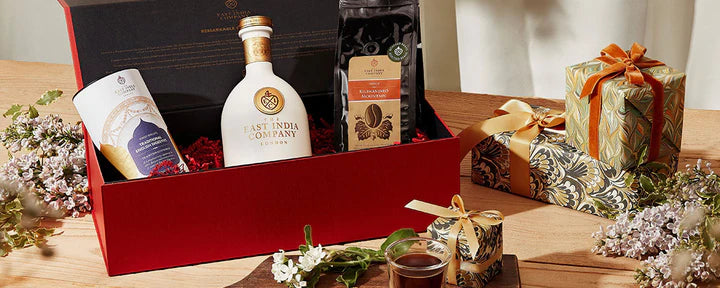
 Ceylon / Sri Lanka
Ceylon / Sri Lanka Assam, India
Assam, India Japan
Japan Taiwan
Taiwan Nepal
Nepal China
China Kenya
Kenya Egypt
Egypt South Africa
South Africa